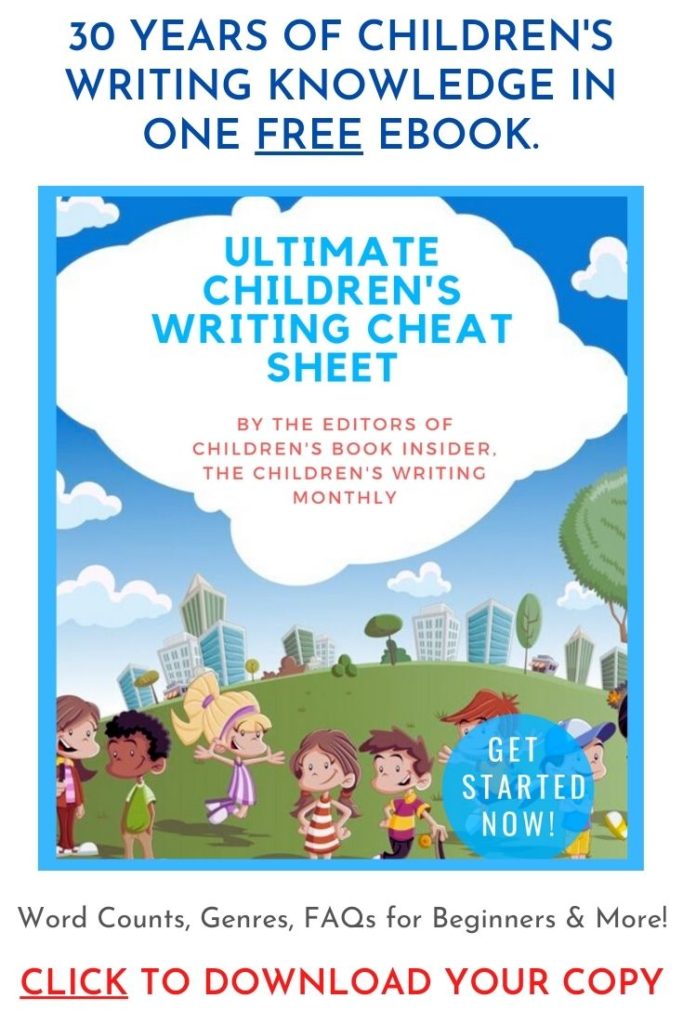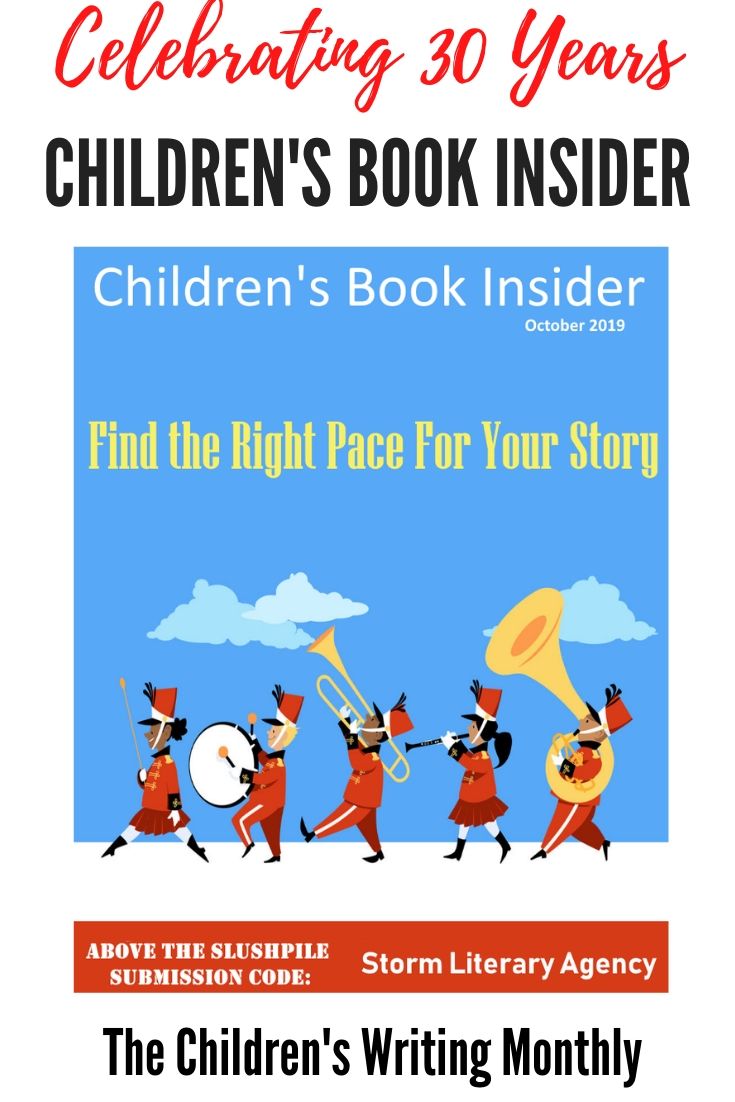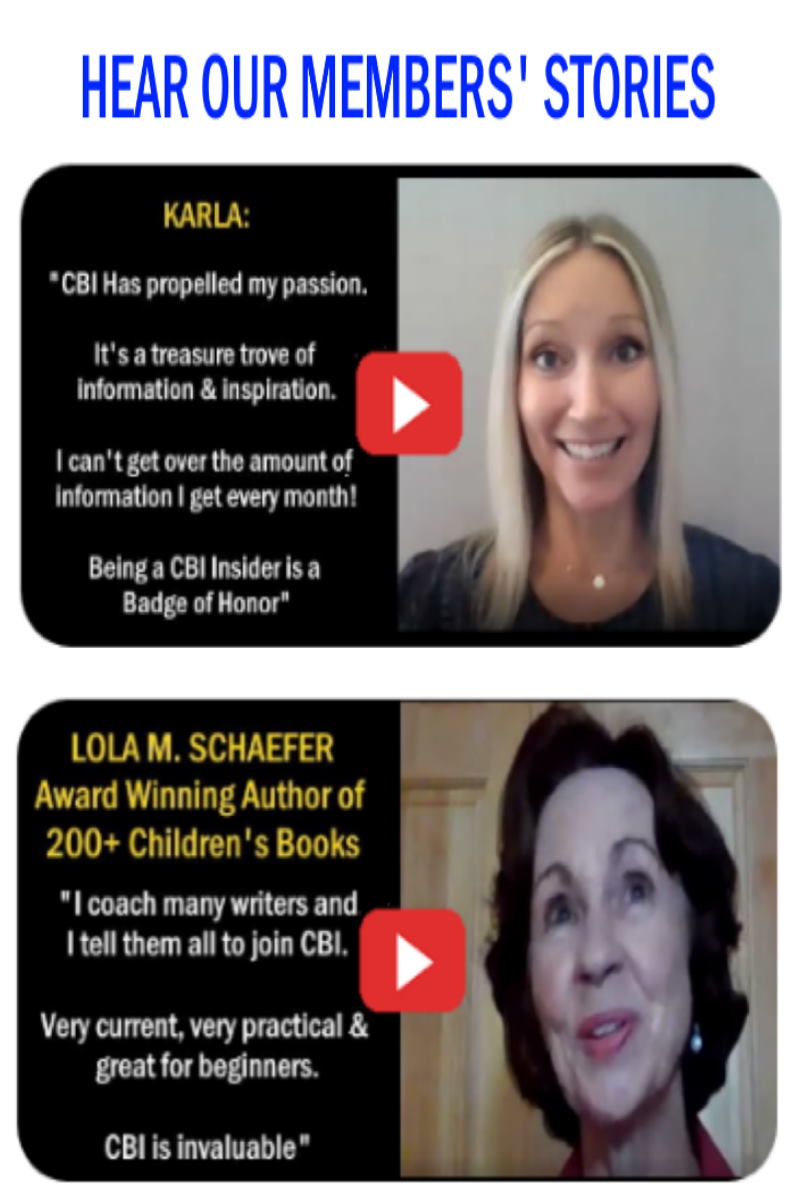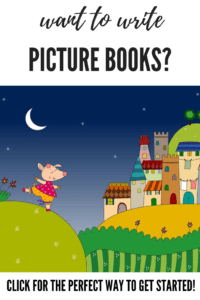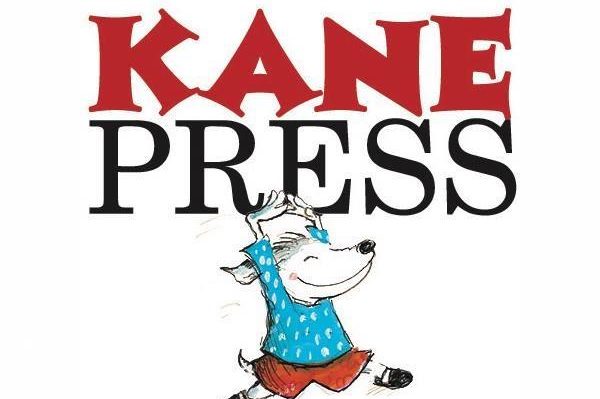
Note: This post is excerpted from a longer article in the April 2022 issue of Children’s Book Insider. In that interview, Harold Underdown provided a special Above the Slushpile submission opportunity for CBI subscribers for the month of April, 2022. If you are not a subscriber and want to learn how to submit to Harold Underdown at Kane Press, you can subscribe to CBI here.
interview by Lynne Marie
When I started my journey to become a children’s author many years ago, there weren’t as many resources as there are now. Two of the best were The Purple Crayon website (www.underdown.org) and the Complete Idiot’s Guide to Publishing Children’s Books, both created by Harold Underdown. Over the years, these have become tried and true resources that are still relied upon today.
Harold’s career also has shown staying power, with editorial experience as Vice President of ipicturebooks.com, editorial director of the Charlesbridge trade program, and an editor for Orchard Books and Macmillan. He has also worked for many years as a consulting/independent editor, a writing and revision teacher, a workshop/retreat leader, and an online writing teacher.
Since October, he has taken on the role of Executive Editor at Kane Press, an imprint of Astra Books for Young Readers. 
Lynne Marie: I’ve always considered publishing a long and winding road and you have traveled far and wide on the road. What are some important truths that you have discovered on this journey?
Harold Underdown: There are so many, it’s hard to sift through them and pull out the most important, but here are two that apply in a lot of different situations:
Working with others and treating them well while you do are crucial in our business—it’s not just working alone at your desk or drawing table. Every successful book has dozens of people behind it, and some intensely collaborative work along the way. As a corollary to that, our world is a small one, and the overworked editorial assistant you say a kind word to today may be an acquiring editor at another company in five years.
My second truth is that there are no unimportant books. Every book that is published will find its own audience, provided that each of us involved does our best to make it be the best book it can be. Never settle for “good enough” just because a book is a work-for-hire nonfiction title instead of a dreamed-of Newbery-worthy middle-grade novel. The reader of either book doesn’t care about your perceptions of the worthiness of it—they just want to be engaged, informed, moved.
LM: Do you feel that “getting out of the slush pile” has become more difficult in the last few years? What advice do you have that you would add to this presentation, or to your Complete Idiot’s Guide, given the current state of the industry?
HU: My sense is that breaking into children’s book publishing, though never easy, has become more difficult, due in part to the success of Children’s Book Insider, SCBWI, the Highlights Foundation, and other groups in educating aspiring writers (and illustrators). Though there are still plenty of people who don’t take the time to learn the craft or how the business works, there are certainly more people who are actively developing their skills and making an effort to be in the know than there used to be.
So, though this isn’t advice that I would add, but rather advice to which I would give more emphasis, I would say to anyone getting started, or even some way along: be aware that you may need to keep at it for some time (years, that is) before you really get anywhere. And so, be sure to find ways to get pleasure and satisfaction from what you are doing now, and to build up a supportive network of others in the same boat. You’ll need that support in order to keep going.
LM: Many writers don’t realize that an editor may have to work up a profit and loss statement in connection with the proposed acquisition of their book. What are some things considered when making up this statement, and how can a writer relate it to the material they are writing?
HU: A profit and loss statement, sometimes called a P&L, is a very simple tool that is meant to take into account all of the costs involved in publishing a particular book, from royalties to unit costs of paper, printing, and binding. It’s meant to demonstrate that if a book is acquired and then published with the right number of copies printed, and all production costs accounted for, the publisher can expect to make a profit.
Editors need to build in the intended page count (a 320-page graphic novel is more expensive to produce then a 160-page one); whether or not illustrations are included, and if so, whether they are color or black and white (color is more expensive); any special features such as a poster on the inside of a jacket or fold-out pages.
But I don’t think that writers need to keep P&Ls in mind when they are writing. They should be concerned about writing the best story, or presenting information in the most effective way. As long as what they are writing can realistically find a home at a publisher, if it will speak to a child or teen and fills a need in the market, the editor will take care of the P&L. Having said that, if anyone wants to read a detailed look at what goes into a P&L, Jane Friedman has provided it here: www.janefriedman.com/book-pl/
LM: At Kane Press, you will be focusing on series publishing. First of all, thank you so very much for opening this space up for outside proposals! Next, what do you look for in an idea to determine whether it has series potential?
HU: This is a surprisingly difficult question to answer, and I have to say that I don’t have a list of criteria! To a very considerable extent, my feeling about series potential is “I know it when I see it.”
Of course, that doesn’t help the folks reading this interview. So here are a few things to think about. One crucial point to start with is that we publish both fiction and nonfiction series, and those do work differently.
For fiction, I look for a strong character or set of characters around whom a variety of stories can be written. There also needs to be a good central focus with an educational angle. Our series “Milo and Jazz” would be a good example of both of these—two strong characters and a focus on problem-solving and thinking skills.
For nonfiction, I look for an approach to a topic that is both of interest to children and that ties into school needs (most nonfiction topics do, one way or another!). Our “Eureka! The Biography of an Idea” series would be a good example here.
Folks can read about these two series on our imprint page on the Astra Publishing House website: astrapublishinghouse.com/imprints/kane-press/
NOTE: Kane Press is only accepting submissions for series proposals through agents at this time. However, Harold Underdown is providing unagented writers who are Children’s Book Insider subscribers the opportunity to submit through our Above the Slushpile submission form during the month of April 2022. If you want to submit a series pitch to Kane Press but are not a CBI subscriber, you can join here.
Lynne Marie is the author of Hedgehog Goes to Kindergarten – art by Anne Kennedy (Scholastic 2011), Hedgehog’s 100th Day of School – art by Lorna Hussey (Scholastic 2017), The Star of the Christmas Play — art by Lorna Hussey (Beaming Books 2018), Moldilocks and the 3 Scares — art by David Rodriguez Lorenzo (Sterling 2019 and Scholastic 2019), Let’s Eat! Mealtime Around the World — art by Parwinder Singh (Beaming Books 2019), American Pie (Dancing Flamingo Press Spring 2022), and There Was a Blue Whale Who Tangled with Plastic (Dancing Flamingo Press Spring 2023) and more, forthcoming. She’s also the Owner and Administrator of RateYourStory.org and a Travel Agent. Visit her at https://www.literallylynnemarie.com/
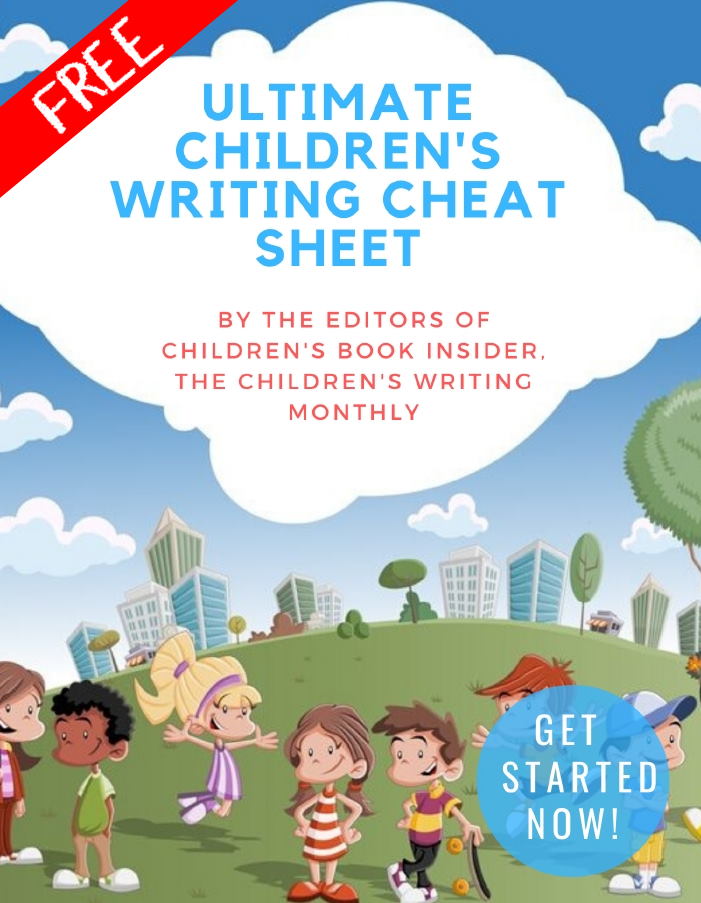
✏ Word Counts & Age Groups for Every Kidlit Category
✏ FAQs, Glossaries and Reading Lists
✏ Category-specific Tips, from Picture Books Through Young Adult Novels
✏ 5 Easy Ways to Improve Your Manuscript
✏ Writing For Magazines …and more!
This is a gift from the editors of Children’s Book Insider, and there’s no cost or obligation of any kind.
We will never spam you or share your personal information with anyone. Promise!
